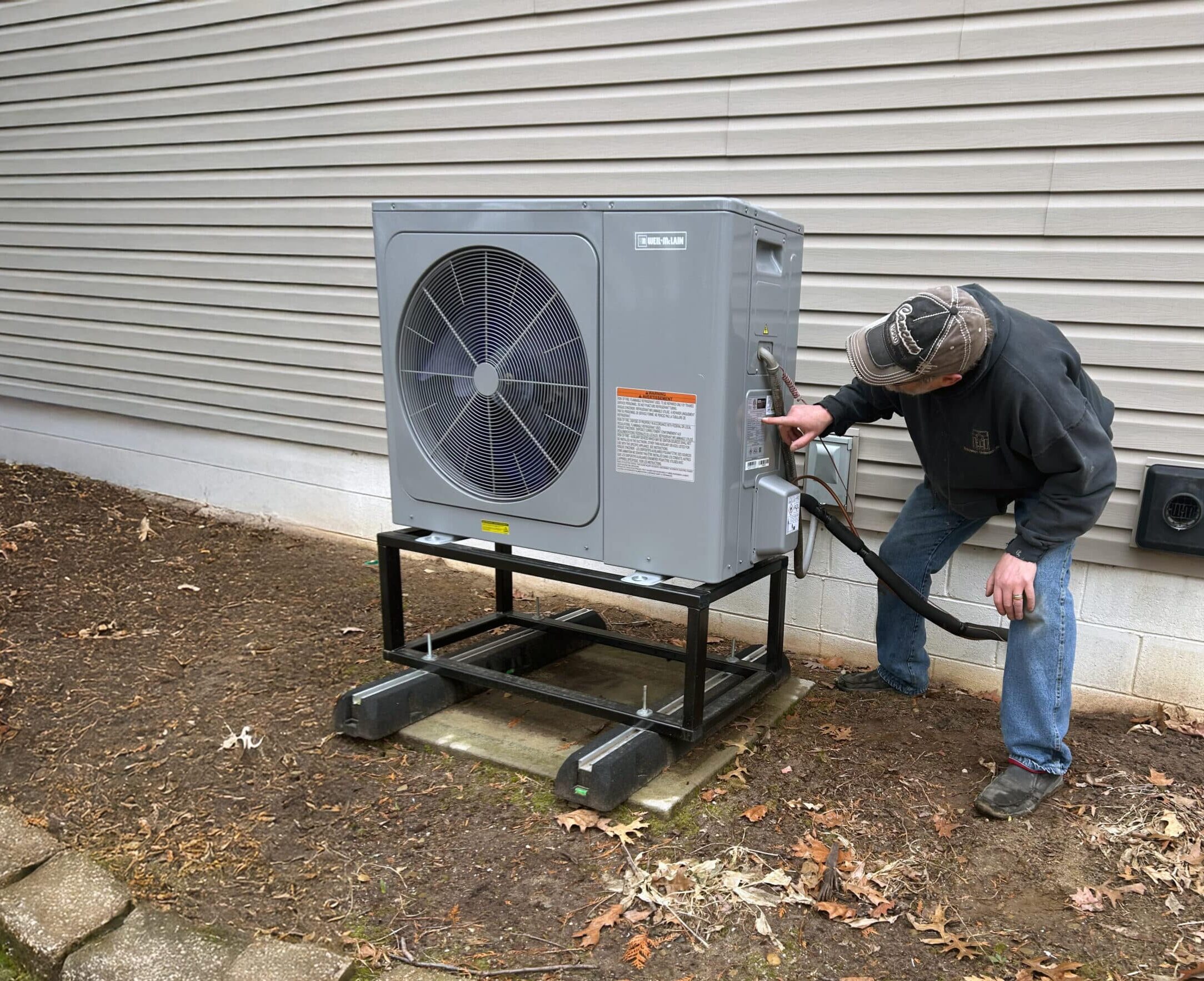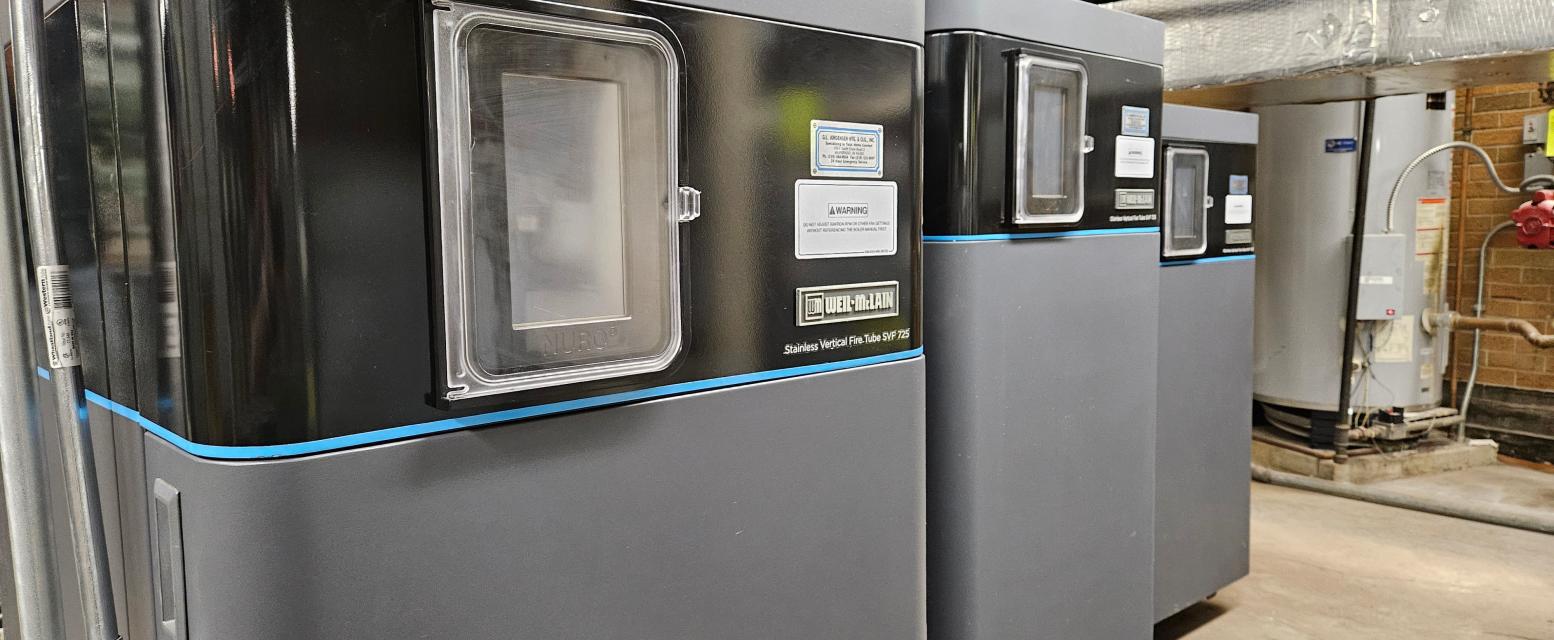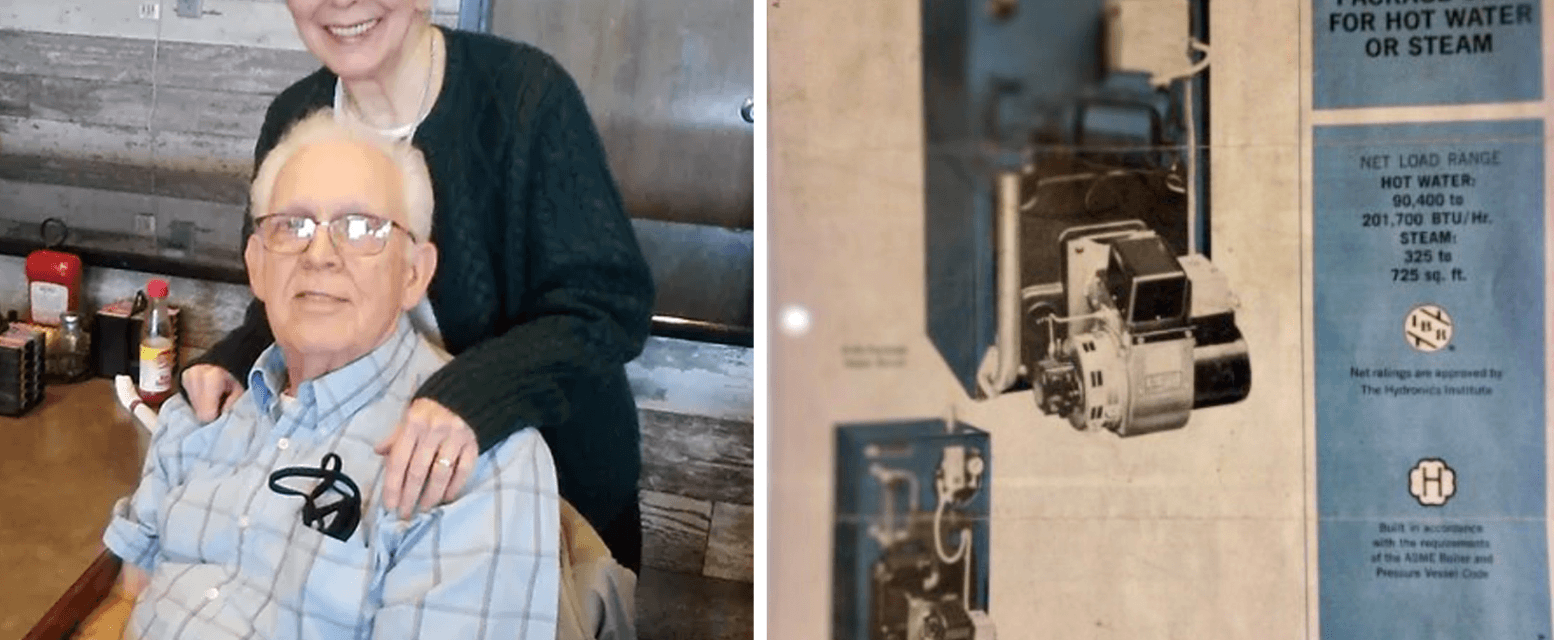Presence Health
Boiler Replacement Needs: A medical facility in Chicago, IL needed to replace an old, leaking 1 million BTU atmospheric steel tube boiler that required multiple service calls and was constantly wasting energy.
Project Installation Date: September 2015
Type of Facility: Medical Facility
Name of Building: Presence Health Medical Facility
Location: Chicago, IL
Construction Details: Total Number of Boilers Required for Job – Two
Solution: Weil-McLain¨ Evergreen¨ 399
Installing Contractor: Murphy & Miller, Inc.
Background
A medical center in Chicago required a quick and efficient remedy to nurse its aging and failing boiler heating system back to good health. The newest high efficiency condensing boilers from Weil-McLain provided the medicine needed. Larry Latas, System Director for multiple medical facilities in Chicago, needed to upgrade the aging boiler at the 15,000-square foot Presence Health facility.
Existing Issues
“We had several issues with controls, the boiler was leaking, and we had to place multiple services calls to keep it operating effectively,” said Latas. “We were exploring grant programs for energy savings projects, such as boiler replacement, and that’s when we were approached by Carl Wigginton.” Carl Wigginton, Vice President of Service at Murphy & Miller Inc., a Chicago-based HVAC mechanical services firm founded in 1936, handles heating maintenance at Presence Health.
“Presence had an old 1 million BTU atmospheric steel tube boiler that was only functioning at maybe 700,000 BTUs,” said Wigginton. “Additionally, it was leaking and was strictly an on/off boiler that was wasting energy.”
Latas’ wish list included installation of an energy efficient system that offered Modbus¨ communication so the facilities technician could remotely access the boiler through the building automation system (BAS), view the status and determine how the system was functioning.
Solutions and Details
Wigginton recommended that Presence participate in a field trial for a condensing boiler that had just hit the market: the the 96.5% AFUE* Evergreen 399 MBH boiler from Weil-McLain. The Evergreen features advanced technology with simple controls, flexible functionality for multiple applications and a durable design, and is easy to install, use and maintain.
The unit is adaptable for most heating needs including light commercial or large residential applications and for single or multi-boiler installations. “The old atmospheric boiler was piped in series with the system, and when it ran, it was only about 65% efficient versus the Evergreen, which is 96.5% efficient,” said Mike Gambill, Commercial Specialist at Weil-McLain, who helped manage the project. “Because they were continuing to flow water through the boiler when it was not firing, it essentially became a radiator that robbed energy from the system and sent it up the chimney.
“When you run water through a boiler that’s connected to a system but not firing, it’s extracting energy from the system,” added Gambill. “It’s often not measured, but we refer to this as off-cycle losses.”
To improve heating efficiency, both Wigginton and Gambill recommended piping two 399 Evergreen boilers primarysecondary so the boilers are hydraulically disconnected from the system when not operational. Primary-secondary piping offers a simple way to inject heating energy into a system regardless of the flow rate in the heating system main piping. This flexibility and simple operation makes primary-secondary a very popular configuration for piping boilers.
Boiler Installation and Specifications
The Presence Health facility consists of a main air handler and approximately 22 variable air volume (VAV) boxes that open or close based on the specific reheat demands in a particular space of the building.
“With 22 VAV boxes, the 1 million BTU boiler was constantly turning on and off or short cycling,” said Wigginton. “The two Evergreen boilers feature full modulation firing with up to a 10 to 1 turndown. Thus, one boiler is able to modulate all the way down to the smallest load or as low as 10% of a single boiler. This keeps short cycling to a bare minimum because the unit can match the required load with the least amount of fuel.”
Boiler turndown ratio is the maximum heat output reducing to the minimum level of heat output at which a boiler will match the heat load efficiently.
“The Evergreen units are ideal for an application such as Presence Health with 22 VAV boxes,” said Gambill. “Evergreen boilers have a maximum turndown of 10 to 1 each. We found that further turndowns beyond this ended up with more energy in the flue than in the heating system.”
Installation Process
The first step of the installation process was removal of the old, heavy boiler, which had to be disassembled in pieces due to its size. Before removal, Wigginton recommended flushing the old system while the atmospheric boiler was still in place to clean the pipes. With flushing and removal complete, the two Evergreen units were placed on a hand cart, rolled into the facility’s elevator, through a standard doorway in the mechanical room and placed on the original concrete pad.
Converting the system to primarysecondary piping required some piping modifications. Murphy & Miller removed the old boiler and cut the piping that was in series and connected the headers with two closely spaced tees, creating a primary-secondary connection for the boilers.
The intake and exhaust were then vented through the roof, using the same chimney that was utilized by the atmospheric boiler. The Evergreen boilers were also installed with a built-in sequencing controller (with lead-lag rotation) that was converted from Modbus to BACnet¨ to fit the protocol of the
building automation system.
Additionally, the boilers were set up as a lead-lag system to avoid one unit running more than the other. The units were configured to rotate lead every 24 hours to the next boiler for balanced longevity.
Because of the easy to use controls, setup wizard, intuitive programming and compact design, the project was completed quickly. “Installation took about two weeks to demo, cut out, re-pipe, install and operate the new boiler,” said Wigginton.
A Clean Bill of Heating Health
Presence Health has experienced several benefits as a result of the heating system overhaul. One, is reduced fuel expenses. “We’ve experienced energy savings by replacing the standard boiler with higher energy efficient units,” said Latas.
Another plus is the reliability of the units. “We didn’t have a single service call on the boilers through all of last year’s heating season, which says it all for the quality of the units we installed,” added Latas.





